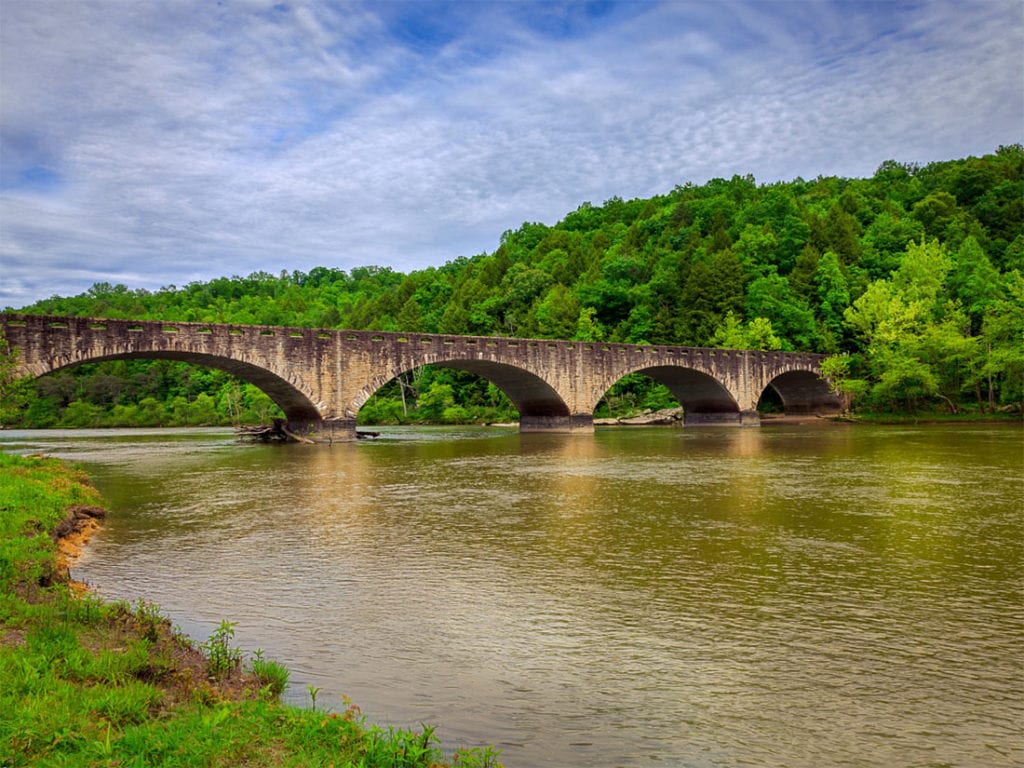When most people think about pollution, the first thing that comes to mind is air quality. While this is a major concern in today’s day and age, don’t overlook the fact that there are many problems with pollution in rivers across the country.
For example, the state of Tennessee is dealing with this problem, especially in the Cumberland River.
The Tennessee Valley Authority is a well-known entity, thanks in large part to the fact that it owns six coal-fired power plants throughout the state.
The Gallatin plant, for example, burns approximately four million tons of coal each year, which powers hundreds of thousands of homes in the area.
While it’s good that the plant provides local jobs and power to homes, it also produces roughly 235,000 tons of toxic coal ash.
Where Does the Toxic Waste Go?
The toxic coal ash produced by the Gallatin plant is disposed of in wet-storage ponds, but that doesn’t tell the entire story. There are two problems with this method of disposing toxic waste:
- Coal ash has the potential to seep below the pond, which results in groundwater contamination
- If a wet-storage pond wall fails to hold up, large amounts of toxic waste can reach the local area, which includes the Cumberland River
What About the Safety of Local Residents?
The toxic waste output and storage at the Gallatin plant has become a major concern for local residents, as many of them rely on water from private wells.
In 2015, the Tennessee Department of Environmental Conservation notified some local homeowners that recent tests detected hexavalent chromium – which is commonly found in coal ash – in the water.
With all of these concerns, several conservation groups have stepped up and filed a lawsuit against the Tennessee Valley Authority. With legal representation by the Southern Environmental Law Center, these groups allege that the company is in violation of the federal Clean Water Act.
Conclusion
This is just one example of how pollution can impact rivers, which can in turn impact drinking water quality and the health of local residents.
If you have any concerns about the quality of your drinking water, don’t hesitate to test it as to better understand if there’s a problem. Furthermore, the installation of a whole house water filtration system may be just what you need to put your mind at ease.
